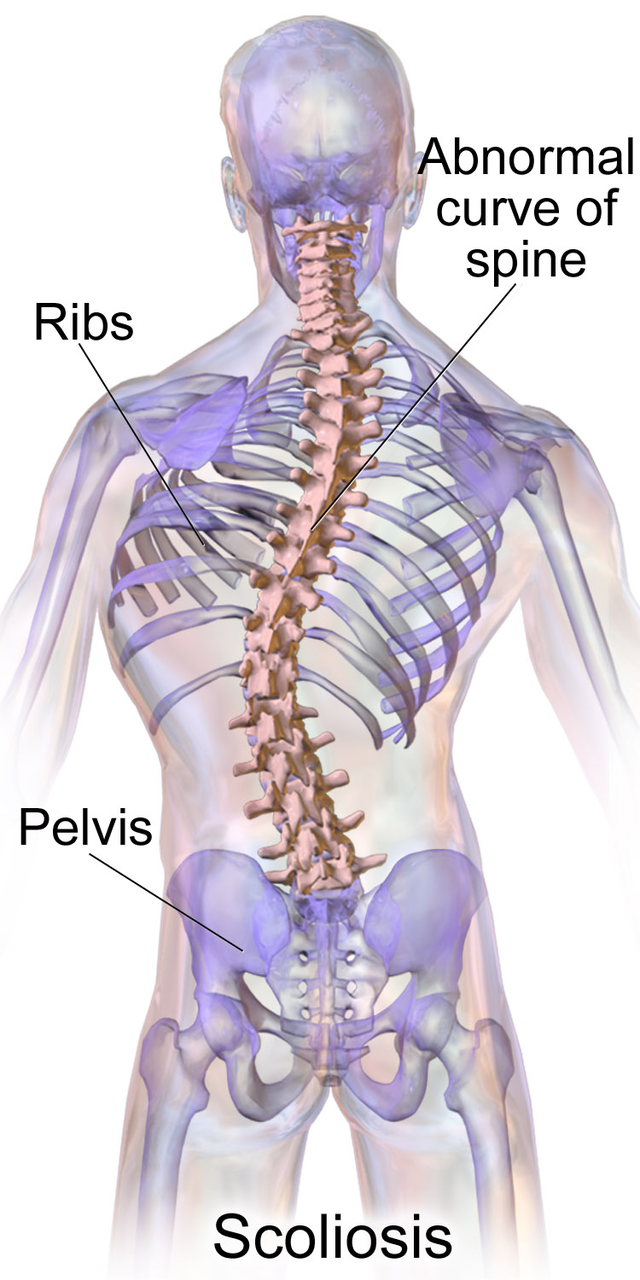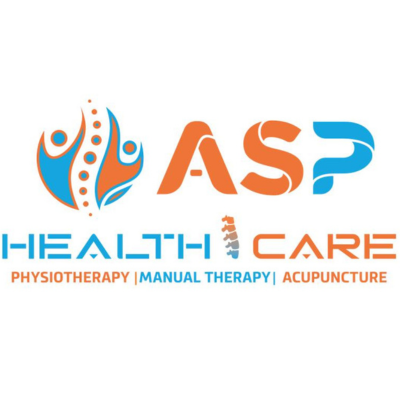+918042757363

This is your website preview.
Currently it only shows your basic business info. Start adding relevant business details such as description, images and products or services to gain your customers attention by using Boost 360 android app / iOS App / web portal.
What is scoliosis? Scoliosis is an abnormal side-...

What is scoliosis? Scoliosis is an abnormal side-to-side curvature of your spine. Your spine (backbone) naturally has a slight forward and backward curve. With scoliosis, your spine curves to the left and right into a C or S shape. Most cases of scoliosis are mild, don’t cause symptoms and don’t need treatment. Severe cases can cause uneven posture and pain. Treatment may include wearing a brace or surgery. What are the symptoms of scoliosis? Scoliosis usually doesn’t cause symptoms, but they may include: Back pain. Difficulty standing upright. Core muscle weakness. Leg pain, numbness or weakness. What are the signs of scoliosis? Signs of scoliosis may include: Uneven shoulders. Shoulder blades that stick out. Head that doesn’t center above your pelvis. Uneven waist. Elevated hips. Constant leaning to one side. Uneven leg length. Changes in skin appearance or texture (dimples, hair patches, skin discoloration). These occur on your back along your spine. If you notice any of these signs, contact a healthcare provider for a screening. Over time, you may notice: Height loss. Uneven alignment of your pelvis and hips. Management and Treatment How is scoliosis treated? Treatment for scoliosis isn’t necessary for all cases. If your provider recommends treatment, they’ll consider several factors: The type of scoliosis. The degree of the curve. Your family history of scoliosis. Your age. The number of remaining growth years until skeletal maturity. Treatment focuses on relieving symptoms and not necessarily straightening the curve. The goal is to decrease symptoms and curve progression and improve the function of your spine. There are two types of treatment for scoliosis: Nonsurgical (conservative) treatment. Surgery. Conservative scoliosis treatment Most cases of scoliosis don’t require surgery. Instead, providers recommend conservative treatment first, which may include: Visiting a healthcare provider regularly (usually every six months) to monitor the degree of the curve. Taking over-the-counter pain relievers or anti-inflammatories (as needed or as directed by your provider). Exercising to strengthen your core muscles and improve flexibility. Wearing a back brace to support your spine. Managing any underlying conditions. Your provider may recommend physical therapy. This can help you strengthen your muscles and relieve pain. Your physical therapist may help you with the following: Improving your posture. Low-impact exercises, such as swimming. Daily stretching. Physical activity guidance. We ASP Healthcare is one of the best physiotherapy and rehabilitation centre in chennai. #www.asphealthcare.in #handpain #wristpain #rehabcentre #bestphysio #bestchiropractic #bestacupuncture #osteopathic #ambattur #avadi #thirumullaivoyal #mugppair #annanagar #kallikuppam #9941424372 #8072603014

